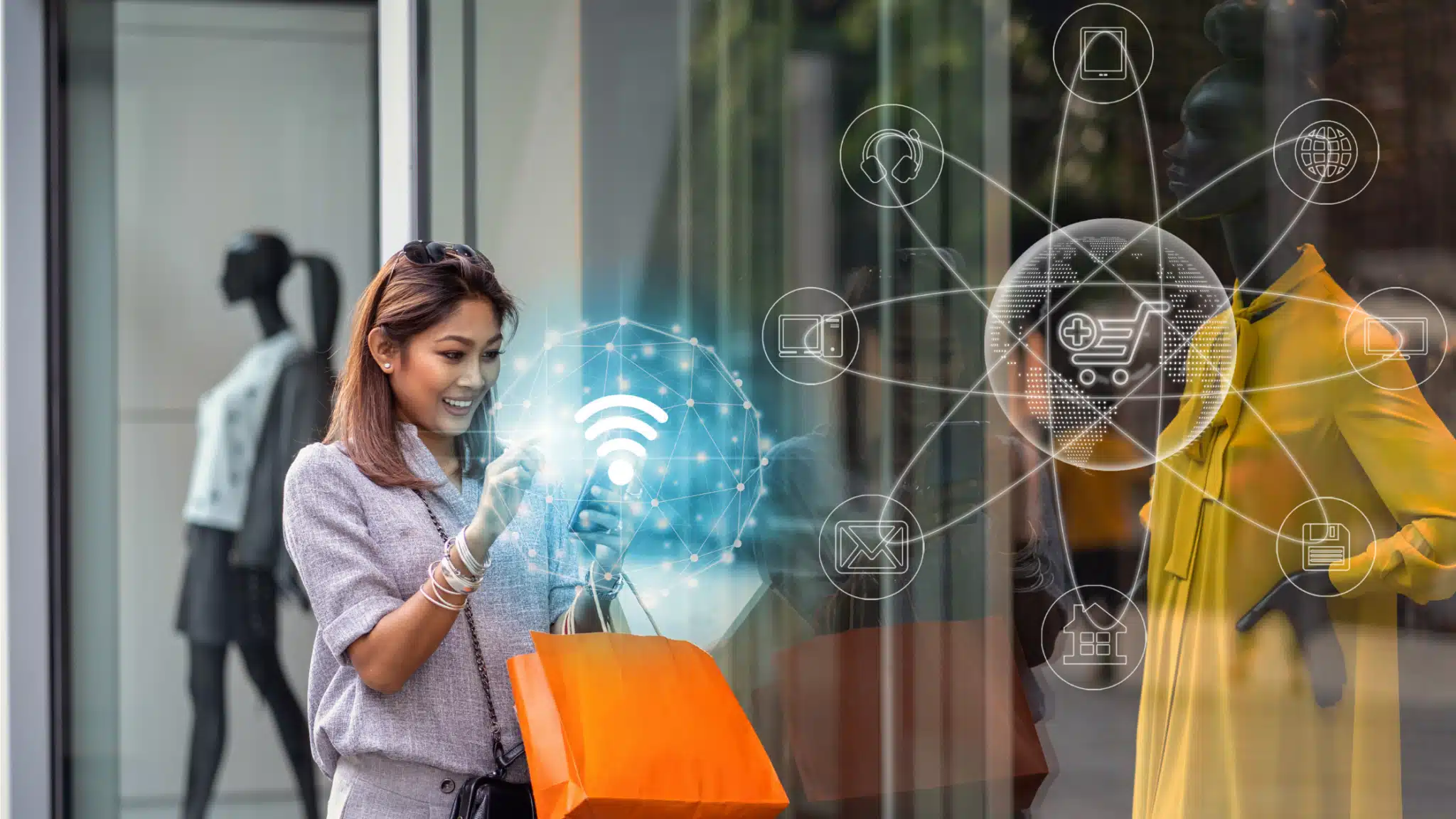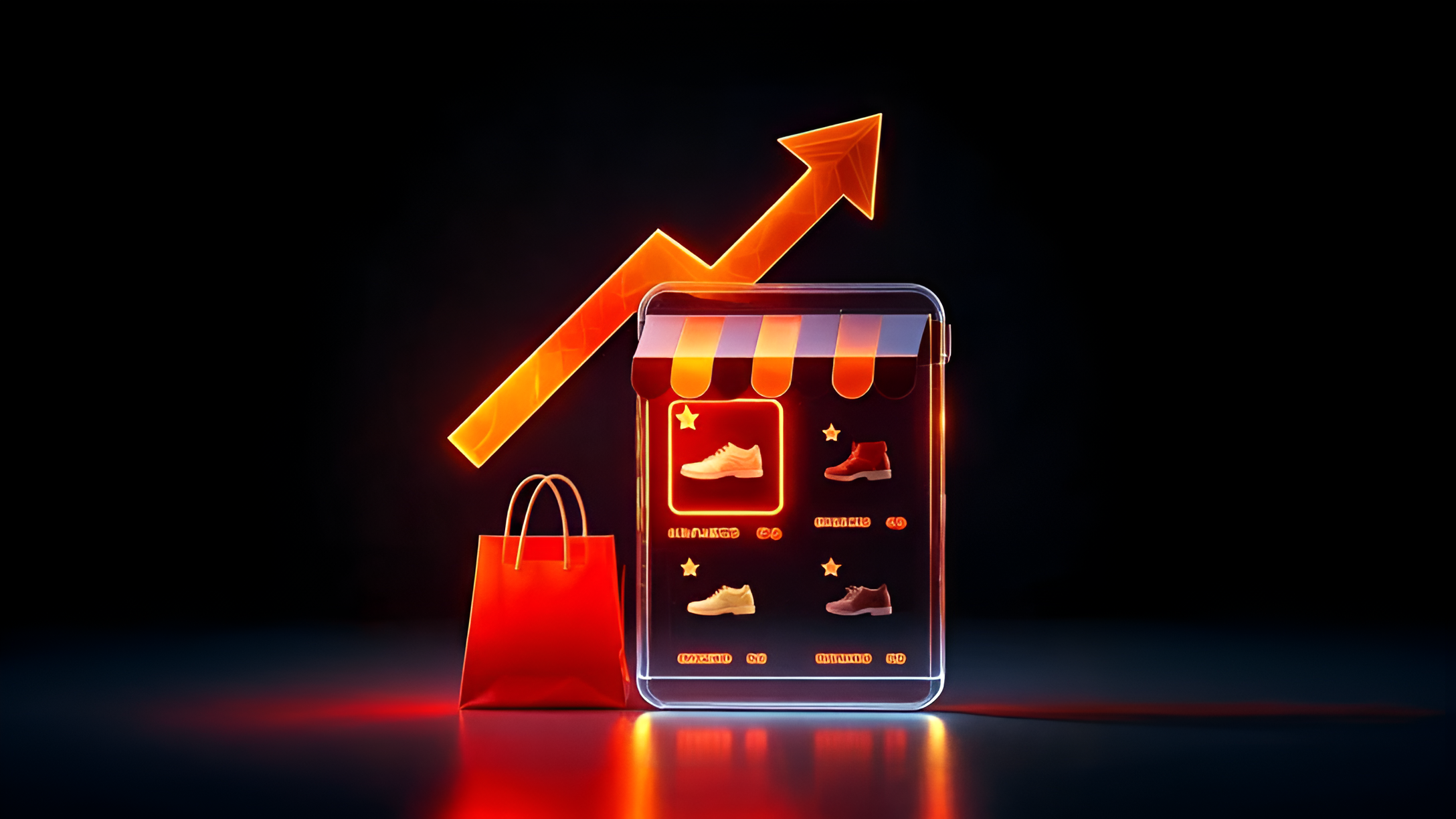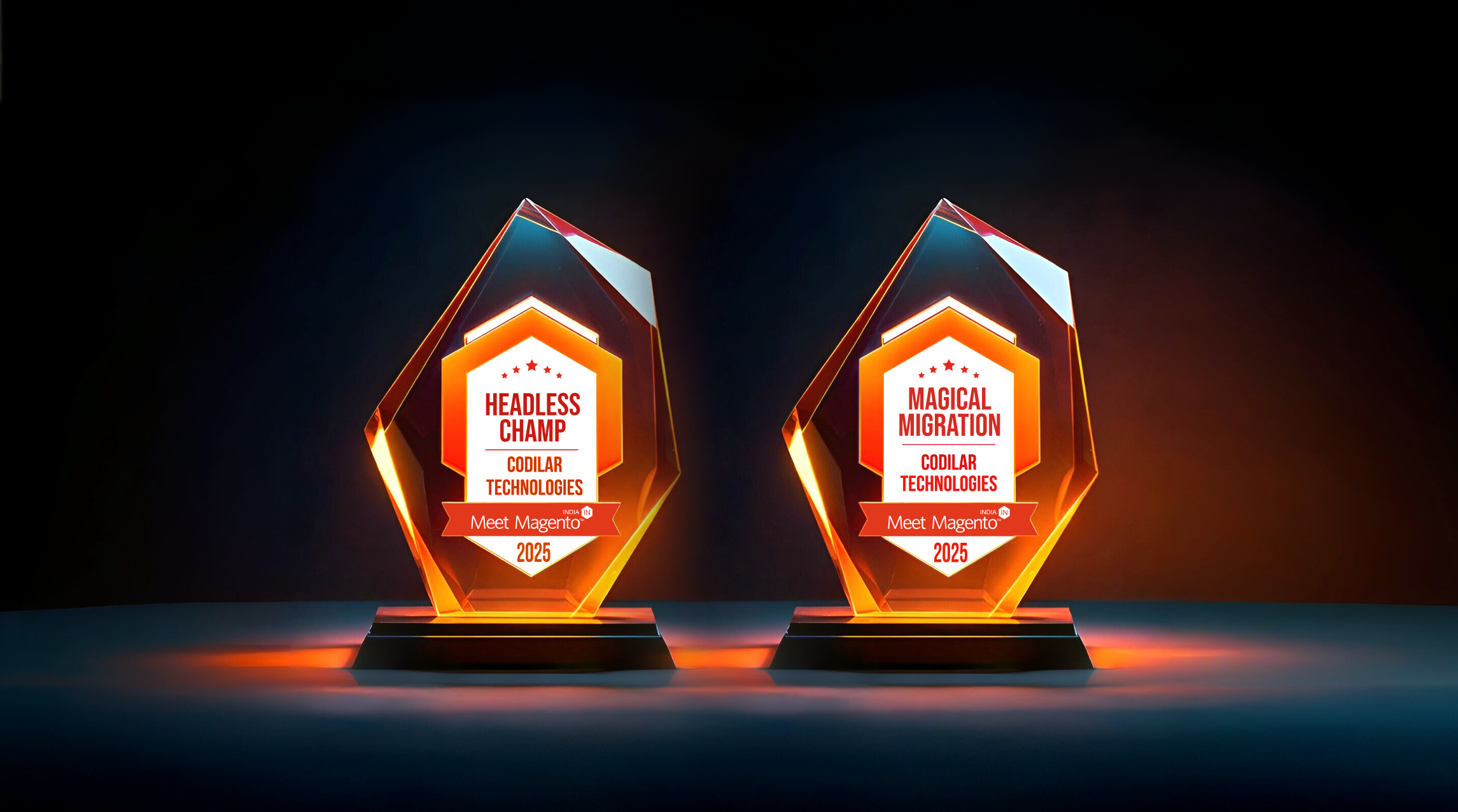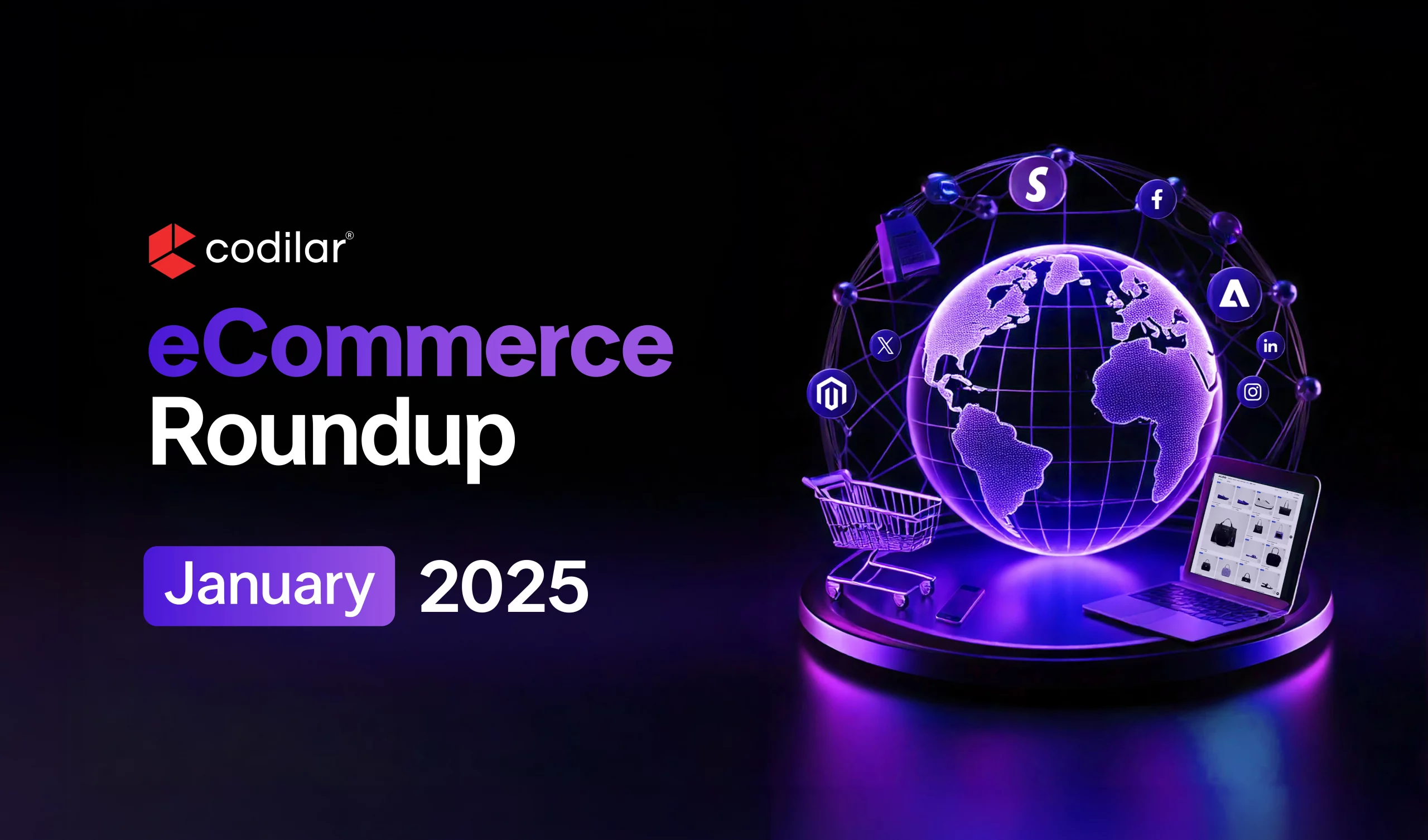Marketers have always been trying out new methods to sell more. They have got increasingly creative over the years; but these innovations are more often than not, based on human behavior. Marketing is basically, psychology.
For the past decade, ‘omnichannel’ has been a buzzword in retail marketing. It sounds very compelling, no doubt, and has had retailers scrambling to provide a seamless experience for their customers at all touchpoints. Most retailers have been, and many continue to be, under the impression that facilitating purchases for consumers on any channel – through mobile app, website, social media, or in the brick-and-mortar store, is the best way to convert visitors and boost customer engagement, increasing sales and revenue. To this end, businesses have strived to implement the omnichannel strategy to forge strong bonds among the brand, retailer, and consumer.
Unfortunately, however, most brands ended up creating a multichannel strategy. Certainly, these are not the same! Basically, they built an online store to make up for the dwindling sales in the physical store, rather than crafting a market strategy to complement each other. Consequently, it created a few issues in execution with regard to streamlining online and physical experiences for their customers. With the retail sector set to cross 2 trillion by 2023, both brands and retailers (including malls and retail chains) must innovate to fulfillthe increasing demands and aspirations of customers. It is essential that there is an integrated approach offering personalized and bespoke products and services. They have to keep pace with the fast lifestyles and strive to deliver seamless experiences to consumers. In any case, both the virtual and the physical worlds are important with regard to crafting the holistic retail experience. This will help brands to stay relevant and project a robust image. They need to convey this to a society striving to strike the right balance between online shopping and shopping in a physical store.
Human beings for the most part, still prefer to actually touch and/or smell things before they buy them; we tend to remember things better this way, and are better equipped to make decisions. We could say that the experience matters a lot more than the channel of purchase itself. In the frenzied race to deliver omnichannel retail experiences, brands have unfortunately put consumer experience on the back burner. They seem to have forgotten that it is customer experience that is paramount.
Move Over, Omnichannel, Phygital Is Here
The hottest buzzword in retail today is ‘Phygital’; as you may have guessed, it’s a mix of physical and digital. We say how marketing is psychology, and that human beings remember things they have actually interacted with – touched, felt, smelled. That is the driving force behind phygital. Omnichannel is slowly being pushed out and phygital is being rolled in. This trend is basically the integration of both physical and digital experiences to give customers the best of both worlds. For example, allowing shoppers in stores to purchase online, once they have seen and touched or interacted with a product. It’s an exciting time to be a consumer, as they are gaining experiences that they never thought they would get. This is a fluid landscape which offers a truly seamless, integrated customer experience.
In order to actually deploy phygital retail strategy, retailers and brands will have to put together a solution that considers retail digitalization and develop capabilities to evaluated insights gained from consumer data, use technology, channel the power of AI and Analytics, study the effect of these tactics, and assign a judicious combination of roles and responsibilities to their resources both in-house and external. These steps will help retailers gain maximum ROI and nudge them to transition out of conventional, single dimension experiences. Let us take virtual reality for example. It can create an engaging and immersive experience, as well as help to establish an emotional connection by simulating touch, sight, smell, sound, and taste. Analyzing data will provide valuable insights on matters like customer behavior, choices, buying patterns, and so on, across devices.
This will not only motivate purchase decisions by consumers, it will also help retailers in crafting an integrated and well-rounded experience, put together especially for them – and not an assembly-line production.
How is the Phygital Revolution Happening Across Verticals?
We’ve already seen how the omnichannel strategy is being phased out. Let’s take a look at what are the other technologies or experiences that are driving the transformation to phygital:
Omnichannel :
The concept of delivering a seamless and consistent consumer experience across channels. However, many brands created multi-channel experiences, where one channel competed with the other.
Contactless Service :
The COVID-19 pandemic introduced this feature in online business. With lockdowns and social distancing becoming the norm, QR codes and curb-side pickups became popular and were commonly used. QR codes continue to be popular today, and scanning them can give access to menus, product details, map directions, or even provide a special brand experience. QR codes can easily link physical and digital experiences and locations; consumers are more than willing to use them as well.
Virtual reality :
Though it’s the gaming and entertainment industries that use VR to the maximum, it is increasingly being used by brands to engage and educate consumers about products, and so on. VR headsets take users into the digital world, creating a thrilling immersive experience that they are not likely to forget any time soon. This enhanced retention of information can help in increasing sales, and eventually, profitability.
Augmented Reality :
Probably nothing combines the real and digital worlds together like AR. It takes the VR experience to the next level by altering the user’s physical surroundings with digital inserts, activated through mobile devices – unlike AR, you don’t need special headsets. AR is being used in arenas like home décor, fashion, footwear, and even eyewear. In home décor, even things like paint colors can be tested by users through AR before making a purchase decision.
Metaverse :
while there is a lot of talk surrounding the Metaverse, nobody really knows or agrees on what it will look like and how it will impact our daily lives. You could say, however, that the push towards the Metaverse have given rise to numerous innovations that make the phygital world more realistic. In fact, you could say that the phygital world forms the foundation for the Metaverse. The more the consumers get comfortable with tech that facilitate phygita retail l experiences, the more will brands want to embrace the technology as well.
4 Phygital Examples
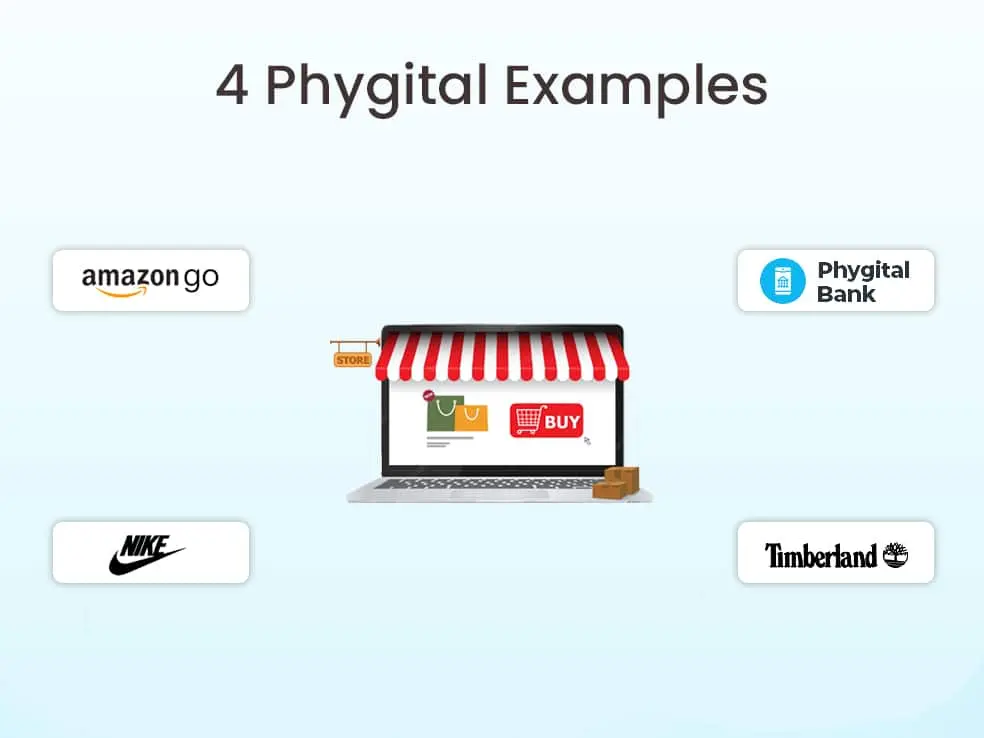
Final Thoughts
Having a panoramic approach with the online medium playing a critical role in engaging the customer in meaningful conversation, and enhancing it through bespoke, tailored offers, finally leading to a smooth, hassle-free offline experience is what phygital is all about. Customers today expect an immersive shopping experience if they take the effort to actually go to a physical store instead of purchasing with a few taps on their smartphones. Ergo, the greater the synergy between digital and physical, the more efficient is the business, and the more satisfying the consumer experience. The retail path of transformation to phygital technology is still in its infancy, but presents an ecosystem where both the physical and digital worlds are smoothly integrated. Going phygital is the innovative method of encountering novel experiences around you as you walk around, do some shopping, eat out, attend a concert, or travel.
The earlier a business realizes the importance or rather necessity of making the phygital transformation, the sooner will they start reaping its benefits. You don’t want to be left behind! Gain a competitive edge by starting off on the journey now.
Contact us now to know how you can go phygital.
